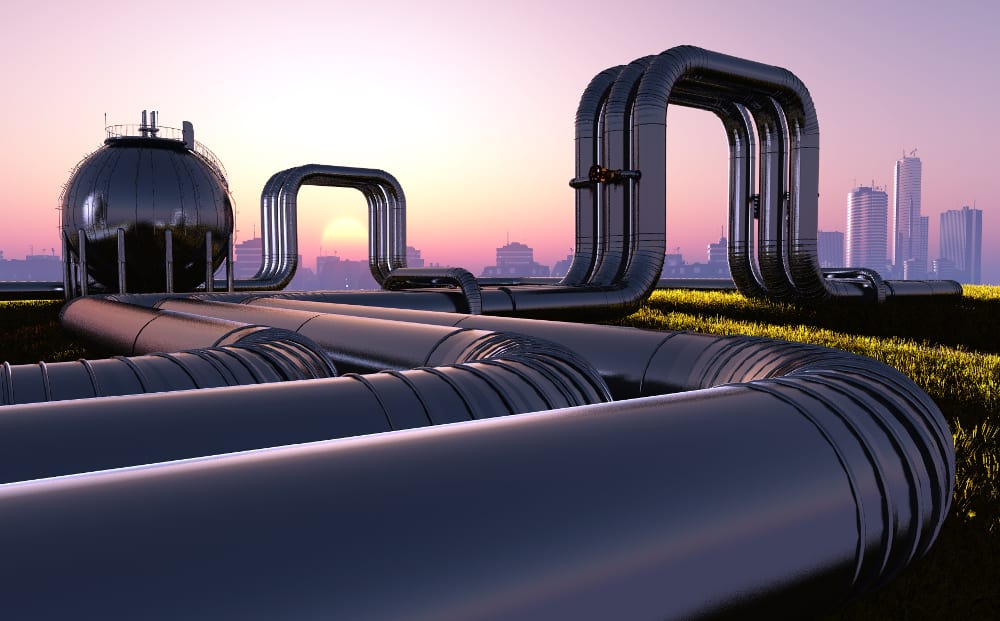Improving Pipeline Weld Inspection Efficiency With NDT Scanning Solutions

Pipeline inspection is arduous and expensive, yet indispensable. Pipeline failure allowed by lax inspections can result in serious health and environmental hazards and cost millions of dollars in asset damage, repair costs, contract penalties, lawsuits, and regulatory fines. Yet inspections must be done by hand, with specialized equipment, and the labyrinth of pipeline that sprawls across the world costs decades of man-hours every year. As such, pipeline weld inspections are serious yet immovable drains on the balance sheets of oil and gas companies.
Thus, any increase in the efficiency of pipeline weld inspections not only improves safety and mitigates complex loss risks, but also directly translates to increased profit by reducing the yearly inspection expenditure. New technologies incarnate in more efficient pipeline weld inspection solutions, including phased array ultrasonic instruments, probes, and NDT weld crawlers, can increase oil and gas profits by decreasing pipeline inspection costs.
Achieving Pipeline Inspection Efficiency Gains
Pipeline inspections cannot be adequately completed by visual or tactile examination. In order to spot the flaws and defects that can cause leaks and related problems, oil and gas companies must rely on non-destructive imaging technology, such as advanced ultrasonic scanning solutions.Therefore, the limitations of these devices and their usage determine the efficiency of pipeline inspections.
In order to increase the amount of testing their employees are capable of within a measured time frame, companies must invest in more scanning solutions and more employees, or better scanning solutions. Given the comparative costs of an NDT instrument with probes and scanner with a multi-year lifespan and the expense of training and retaining new workers over that same period, fiscal logic indicates the correct solution.
Better Scanning Instruments and Flexible Weld Crawlers Improve Productivity
What does a better scanning solution look like? It must be able to:
Scan more quickly. Reducing time per scan increases scans per day. Instruments with phased array ultrasonic technology featuring more powerful processors are able to scan the same cubic area in less time.
Perform more types of scans. Weld crawler scanners able to perform more types of scans— including both circumferential and axial—with the ability to handle a variety of probe combinations reduce the need for companies to purchase multiple scanners. By combining common, often-used functions with more complex and less frequently needed capabilities, companies can reduce unused equipment capacity.
Reduce time between scans. Time elapsed between scans can be included in the measurement of time per scan. So, decreasing the time between scans increases scans per day. More portable instruments that can be carried or stowed more easily reduce travel times between scans. Faster setup via intuitive interfaces and simple probe connections also reduce the time between scans.
Store, analyze, and communicate results more rapidly. Time spent analyzing and communicating results is not time spent scanning. Nor is time spent organizing or deleting old scan data. All can be included in the measurement of time per scan. Instruments that can store more data must be purged less frequently, reducing instrument downtime. Instruments that can analyze scans quickly and communicate results from the field likewise increase potential scans per day.
Withstand more challenging environments. Pipeline runs through some rough country. Equipment that can’t be used in the rain can’t be used on rainy days, which in some areas occur 85 percent of the year or more. The same is true of equipment that cannot be used above or below certain temperatures or is sensitive to dust. Instruments that can be used on more days of the year, and during more hours of the day, when environmental conditions would otherwise require work be halted, increase the number of scans per year.
Perform scans in low clearance areas. Some welds that must be scanned are in confined locations with extremely low clearance. What would otherwise be highly costly scans, requiring significant hazard reduction or the removal of infrastructure to create access for technicians, can be accomplished instead using portable instruments and low clearance weld crawler scanners.
Investing in more capable ultrasonic scanning technology with weld crawlers allows midstream oil and gas companies to achieve greater inspection results for the same operational fiscal outlay. Technicians can cover more ground faster and reach areas they couldn’t reach before with the same equipment.
Companies can maintain their peace of mind knowing that they have done due diligence to prevent spills, lawsuits, and regulatory penalties. At the same time, if financed properly and amortized correctly within the working lifespan of this equipment—which is considerable—then more work can be profitably done, ultimately benefiting company shareholders.
At Zetec, we’ve been developing more efficient technology for pipeline inspection for over half a century. Our ultrasonic scanning solutions and automated NDT weld crawlers can perform more work than outdated equipment without necessitating an increase in the operational budget. To learn more, contact us today!





